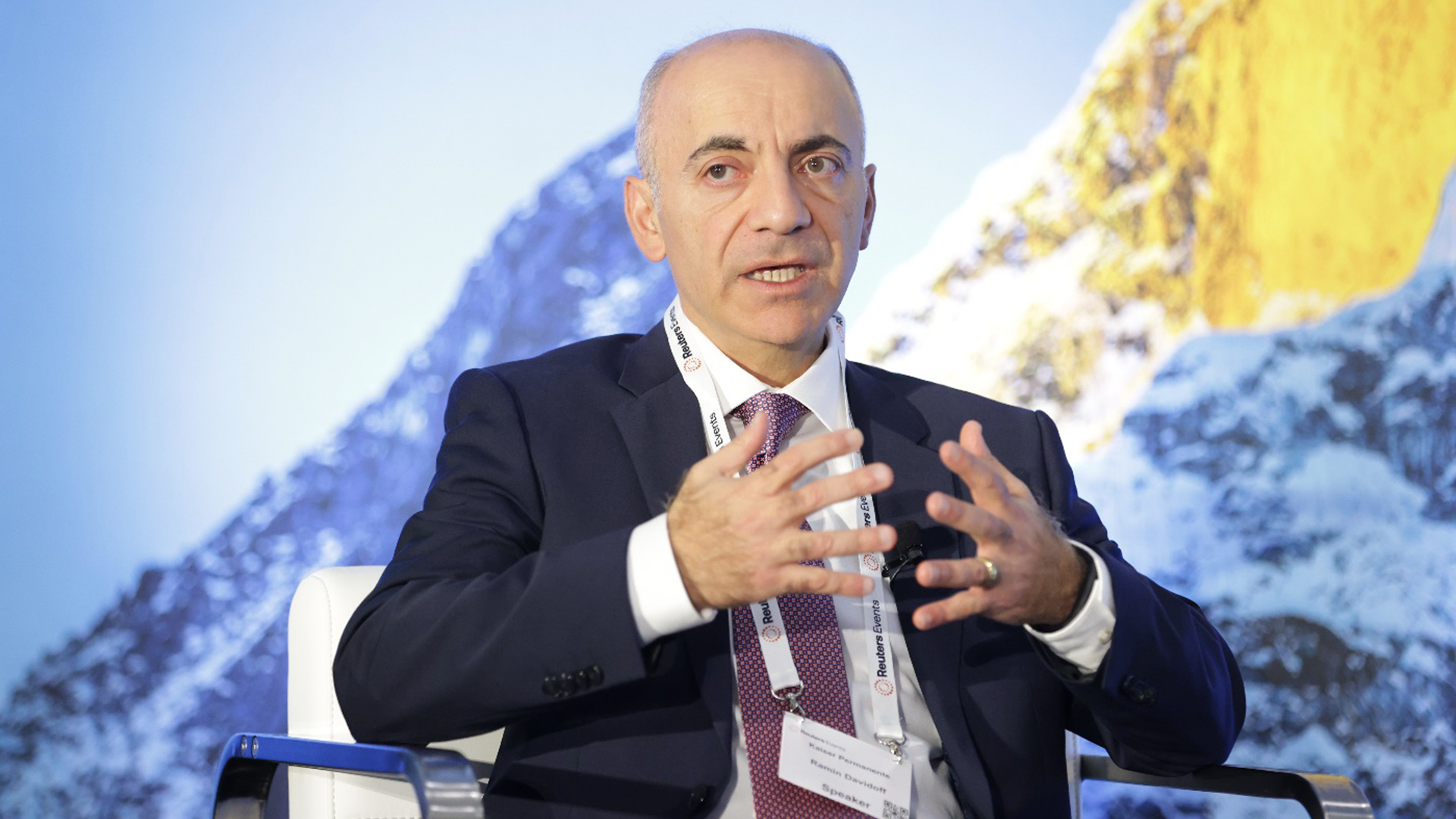Co-CEO of The Permanente Federation recognized for prioritizing physician wellness, improving care quality, and driving advancements in AI.
Physician well-being highlighted in stories on mental health and patient portal inboxes
Two articles released this week spotlighted the growing concern over physician burnout in the United States, quoting Permanente leaders and researchers who are drawing attention on what can be done to address physician well-being.
In a Forbes column, “Workplace Mental Health: 2019 in Review,” the writer outlines key moments over the past year that contributed to the understanding of mental health as “an emerging global priority.” Cited for September, the article quotes Edward Ellison, MD, executive medical director and chairman of Southern California Permanente Medical Group, on the alarming rate of doctors committing suicide.
Dr. Ellison, who also serves as co-CEO of The Permanente Federation, says physicians in the United States struggle with the highest suicide rate among any profession, and that medical systems need to reduce the stigma for seeking help and to heighten mental health awareness. He also suggested that patients can help doctors relieve stress and encourage well-being through small gestures of appreciation.
One of the activities often cited as a contributor to physician burnout is time spent on the electronic health record. In an article published on the Patient Engagement HIT website, the writer focuses on a recently published study in JAMA Network Open by researchers at the Kaiser Permanente Division of Research in Northern California.
The article, “How to Manage Secure Direct Messages, Patient Portal Inboxes,” highlights key findings of physician researchers from The Permanente Medical Group, who interviewed 24 primary care doctors and department chiefs with an average of 16 years of experience. The study noted that “in some practices, physicians spend more than half their time on computer activities, with high electronic message volumes associated with burnout symptoms.”
The study also discusses strategies individual physicians have developed to manage the stress related to the volume of patient electronic messages, including scheduling time for panel management, coverage systems, skills training, and interdisciplinary coverage teams.
Read the complete Forbes article here, and the Patient Engagement HIT article here.


